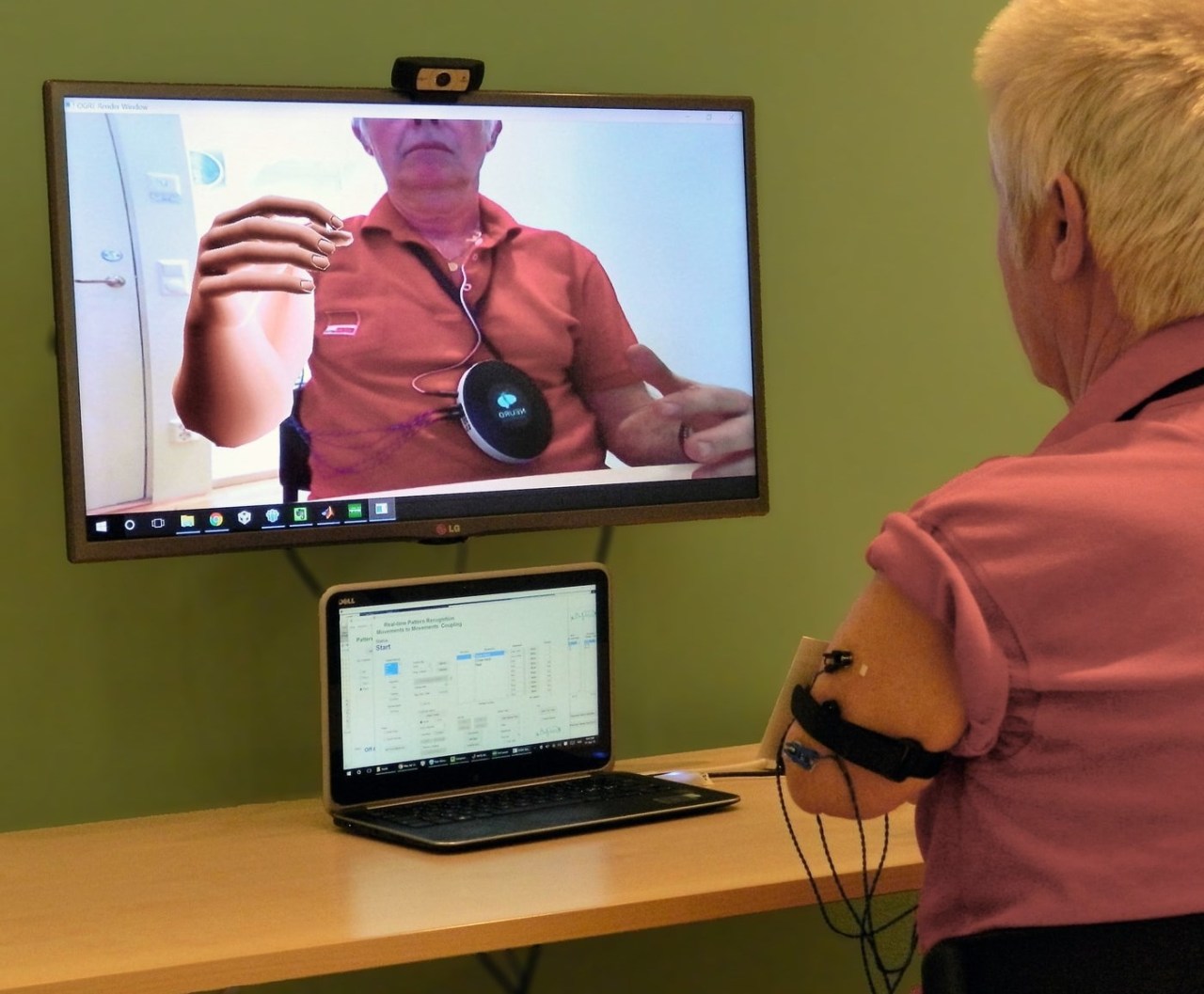Phantom limb pain is a perplexing condition faced by many amputees, characterized by sensations of discomfort or pain in a limb that no longer exists. Traditional therapies to manage this kind of pain have proven largely ineffective, leaving many patients grappling with chronic discomfort. However, recent advancements in augmented reality (AR) are ushering in fresh, innovative approaches that show great promise in alleviating this distressing ailment.
The AR Therapy Breakthrough
Originally proposed by Max Ortiz Catalan at the Chalmers University of Technology in 2014, augmenting reality for pain management took a significant leap forward with its first clinical trial involving amputees. A total of 14 participants struggling with phantom limb pain participated in this groundbreaking study—each of whom had explored multiple therapy options without relief.
- Myoelectric Sensors: Patients wore sensors that detected electrical signals in the muscles once associated with the missing limb.
- Virtual Movements: These signals were then translated to movements of a virtual limb displayed on a screen, overlaying an image of the amputee.
- Interactive Sessions: Over 12 sessions, users engaged in activities such as positioning the virtual limb and controlling a racing car, which helped create a strong connection with their perceived limb.
Impressive Outcomes
The results demonstrated remarkable effectiveness: at the conclusion of the virtual limb interactions, patients reported an average pain reduction of approximately 50%. Additionally, those relying on pain medications not only experienced decreased reliance on their prescriptions, but some also managed a remarkable 81% reduction in dosages.
Perhaps most encouraging was the sustainability of the improvements since even six months post-treatment, patients continued to enjoy relief from their phantom limb pain. This suggests a durable therapeutic effect that could provide long-term benefits and a better quality of life for those affected.
The Science of Illusion
But what makes the seemingly whimsical concept of moving a virtual limb so compelling? The brain plays a critical role in pain perception, often proving to be simultaneously the source of the problem and the potential solution. This aligns with traditional practices in pain management, such as mirror therapy—where reflected images create the illusion that a missing limb is present, effectively relieving phantom itchiness or discomfort.
By taking the fundamental principles behind mirror therapy and enhancing them with augmented reality, patients can have a more immersive and interactive experience. As they engage in the virtual movement of their limbs, their brains can recalibrate their understanding of limb ownership and pain perception.
A Bright Future Ahead
While the initial study showcases considerable promise, further research is underway with a more extensive participant pool, including leg amputees who also experience phantom limb complications. Each finding contributes to a growing body of knowledge that may redefine pain management strategies through innovative means.
At fxis.ai, we believe that such advancements are crucial for the future of AI, as they enable more comprehensive and effective solutions. Our team is continually exploring new methodologies to push the envelope in artificial intelligence, ensuring that our clients benefit from the latest technological innovations.
Conclusion: A New Hope
The integration of augmented reality into the realm of phantom limb pain treatment offers a beacon of hope for individuals struggling with this harrowing experience. As researchers continue to explore the intersection of technology and pain management, we can anticipate groundbreaking shifts in the therapeutic landscape, paving the way for a future where such discomfort becomes a thing of the past.
For more insights, updates, or to collaborate on AI development projects, stay connected with fxis.ai.

